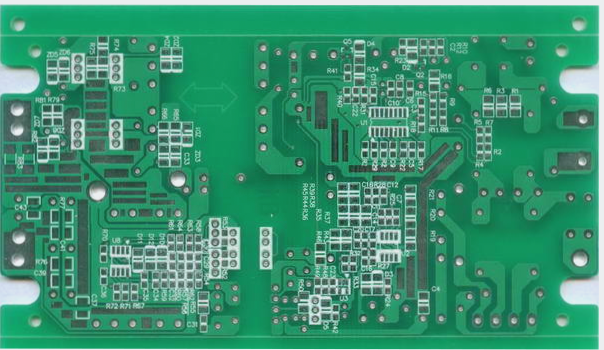1. PCBA patch processing plants may encounter issues such as false soldering, cold welding, and wicking during the handling of lead-free patches.
2. So, how can PCBA patch processing plants address these challenges?
3. First, let’s discuss false soldering, which is typically caused by several factors: poor solderability of the components and pads, inappropriate reflow soldering temperature and heating speed, incorrect printing parameters, prolonged stagnation time after printing, and degradation of solder paste activity.
4. To resolve this, the following measures can be taken: enhance the screening process for PCBs and components to ensure excellent soldering performance; adjust the reflow soldering temperature curve; modify the pressure and speed of the squeegee to achieve optimal printing results; and utilize solder paste promptly after printing for reflow soldering.
5. Next, we address the issue of cold welding. Cold welding refers to solder joints that appear dark and rough, failing to adequately fuse with the components.
6. Generally, the root cause of cold soldering in SMT chip processing is inappropriate heating temperatures.
7. It’s essential to adjust the reflow temperature curve based on the specifications provided by the supplier and then tailor it according to the specific needs of the produced product.
8. Another concern is the phenomenon of wicking, which can also impact solder quality.

2. So, how can PCBA patch processing plants address these challenges?
3. First, let’s discuss false soldering, which is typically caused by several factors: poor solderability of the components and pads, inappropriate reflow soldering temperature and heating speed, incorrect printing parameters, prolonged stagnation time after printing, and degradation of solder paste activity.
4. To resolve this, the following measures can be taken: enhance the screening process for PCBs and components to ensure excellent soldering performance; adjust the reflow soldering temperature curve; modify the pressure and speed of the squeegee to achieve optimal printing results; and utilize solder paste promptly after printing for reflow soldering.
5. Next, we address the issue of cold welding. Cold welding refers to solder joints that appear dark and rough, failing to adequately fuse with the components.
6. Generally, the root cause of cold soldering in SMT chip processing is inappropriate heating temperatures.
7. It’s essential to adjust the reflow temperature curve based on the specifications provided by the supplier and then tailor it according to the specific needs of the produced product.
8. Another concern is the phenomenon of wicking, which can also impact solder quality.




